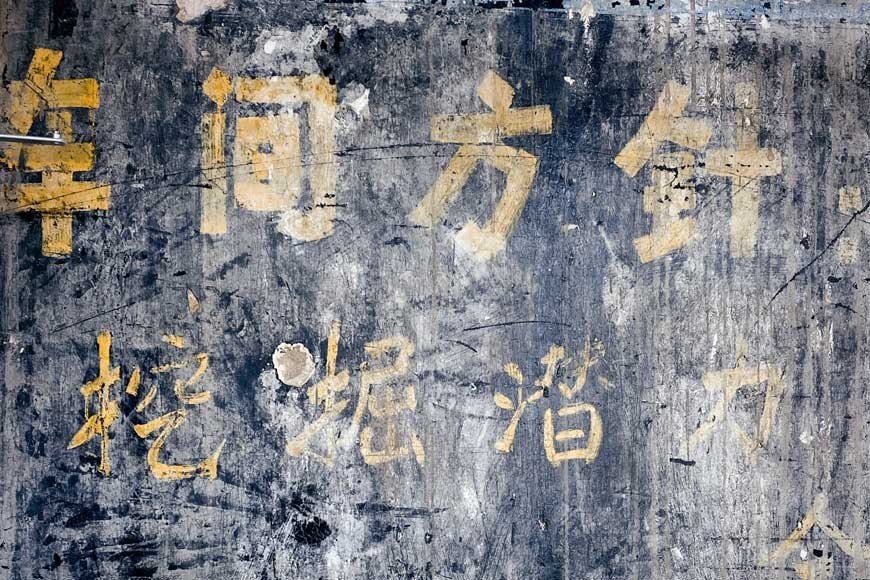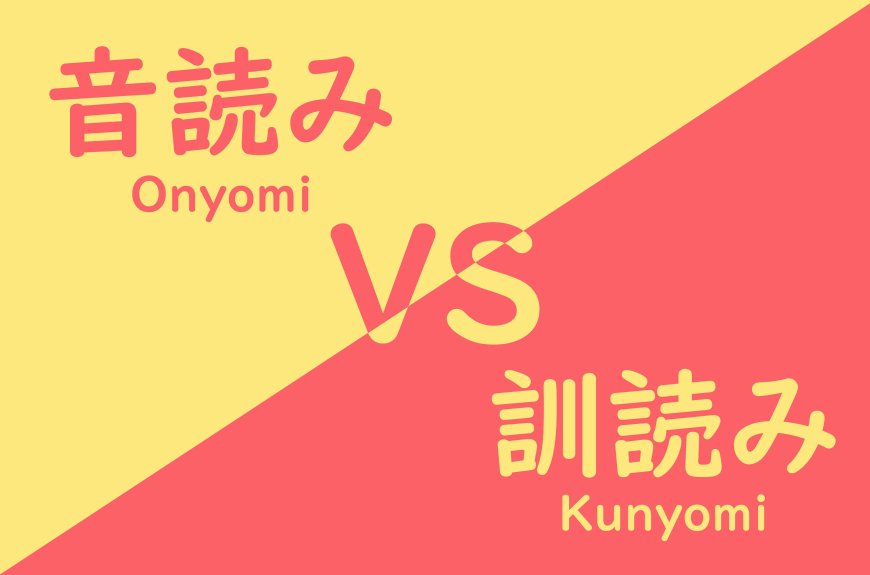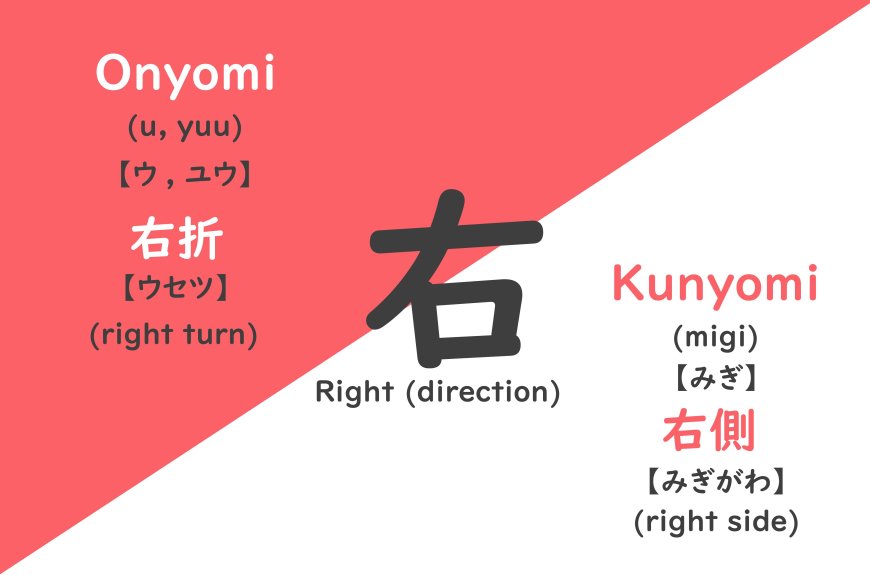Onyomi and Kunyomi: Understanding Japan's Linguistic Complexity
If you're learning Japanese, you may have come across the terms "onyomi" and "kunyomi."

Two essential pronunciations used in the Japanese language to bring meaning to kanji characters.
If you're learning Japanese, you may have come across the terms "onyomi" and "kunyomi." These terms refer to the two different ways that kanji, the Chinese characters used in Japanese writing, can be pronounced. Understanding the difference between onyomi and kunyomi is essential to reading and speaking Japanese correctly.

Onyomi is the Japanese pronunciation of Chinese characters. These readings were originally imported from China along with the characters themselves. Because Chinese and Japanese have different linguistic structures, the onyomi readings often do not correspond directly to the pronunciation of the same characters in Chinese. For example, the character 魚 (meaning "fish") is pronounced yu in Chinese but has two onyomi readings in Japanese, gyo and uo.

Kunyomi, on the other hand, are the native Japanese readings of kanji. These readings have been developed over time as the Japanese language adapted Chinese characters to its own phonetic system. Kunyomi readings are often used when kanji are used alone or in compounds, rather than as part of a larger sentence.
 A clip art depicting an old Japanese scholar
A clip art depicting an old Japanese scholar
The distinction between onyomi and kunyomi is important because many kanji have both an onyomi and a kunyomi reading, and the meaning of the kanji can change depending on which reading is used. For example, the kanji 生 (meaning "life") has the onyomi reading sei and the kunyomi reading i. When the kanji is used in compound words, it is usually pronounced sei, as in 生徒 (seito, "student") or 生活 (seikatsu, "life" or "lifestyle"). When used alone, however, it is often pronounced i, as in 生きる (ikiru, "to live").
One of the most challenging aspects of learning onyomi and kunyomi is that there are often no clear rules for which reading to use in a particular context. Sometimes the choice of reading is simply a matter of convention, or it may be influenced by the historical development of the language. In some cases, a kanji may have multiple onyomi or kunyomi readings, making it even more difficult to know which to use.
 The Scholar Fu Sheng Transmitting the Book of Documents - hanging scroll by Du Jin
The Scholar Fu Sheng Transmitting the Book of Documents - hanging scroll by Du Jin
Another factor that can complicate the use of onyomi and kunyomi is the fact that many kanji have multiple meanings, and the meaning of the kanji can change depending on which reading is used. For example, the kanji 入 (meaning "enter") has the onyomi reading nyu and the kunyomi reading iri. When used in compound words, it is usually pronounced nyu, as in 入学 (nyugaku, "enrollment"). When used alone, however, it is often pronounced iri, as in 入口 (iriguchi, "entrance").
The difference between onyomi and kunyomi is an essential aspect of reading and speaking Japanese. While it can be challenging to learn which reading to use in a particular context, understanding the distinction between these two pronunciations is key to mastering the Japanese language. With practice and perseverance, you can become fluent in reading and speaking Japanese, and learn to use onyomi and kunyomi with ease.
Find Cheap Flight Tickets to any Destinations in Japan and the Philippines
Nipino.com is committed to providing you with accurate and genuine content. Let us know your opinion by clicking HERE.






























































